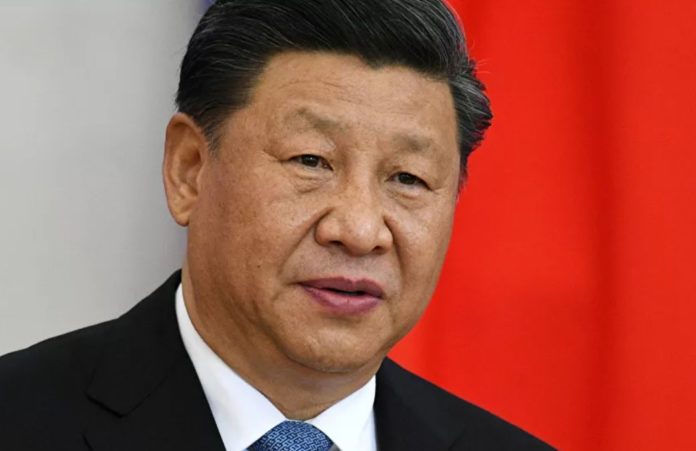Since 2013 Xi Jinping is the president of the People’s Republic of China. Today he is considered the most powerful Chinese leader after Mao Zedong. He founded “socialism with Chinese peculiarities”, a guideline that led his country to become Latin America’s second-largest trading partner. 67 years after his birth, we tell you what his philosophy is.
On March 14, 2013, Xi became the eighth communist president since Mao (1894-1976) announced the birth of a new nation, on October 1, 1949, after the end of the Chinese civil war, the combat that it lasted 22 years between the National Revolutionary Army of the Kuomintang or Chinese Nationalist Party, and the Red Army of the Chinese Communist Party.
The founder of the new communist state played a key role in the history of China and his ideas helped the Asian country to achieve truly incredible economic achievements. Xi has followed the ideas of Mao, who predicted that “once the destiny of the homeland is in the hands of the people, China, like the rising sun of the East, will illuminate all corners of the earth with its brilliant flame.” Xi has repeatedly said that his goal is for China to become “a moderately prosperous society,” a phrase that is now considered its slogan.
Xi’s thinking
The Chinese president has made countless speeches as secretary-general of the Central Committee of the Communist Party of China (CPC) and, later, as president. Here are some of his ideas:
- Eight months after taking office, Xi said that “in human history, there is neither a nation nor a country that can materialize strengthening and reinvigoration through support from external forces and by following each step with others,” and assured that for “persist in independence and self-decision, you must persist in the independent foreign policy and peace, and firmly and invariably follow the path of peaceful development,” as read in Volume I of the book Xi Jinping: The Governance and Administration of China (2018).
- At the annual opening of the World Economic Forum on January 17, 2017, Xi introduced the concept of “win-win” to his call to “firmly push” economic globalization. He explained that through cooperation based on “openness” and on development based on “balance” and “general benefit”, it would be possible to establish a transaction model in which both parties benefit.
“China’s growth represents an opportunity for the world. The Chinese people invite the peoples of other countries to board the ‘express train’ of China’s development,” he said on that occasion.
- In November of that year, he explained that “in human history, there is no nation or country that can materialize strengthening and reinvigoration through support from external forces and by following each step with others,” adding that “to persist in independence and self-decision, we must persist in independent foreign and peace policy and firmly and invariably follow the path of peaceful development.”
What is Chinese power over Latin America?
At the beginning of June, we received the latest news about the actions of the Asian giant in the region: China and Cuba announced the largest cooperation agreement the Caribbean country has received since the fall of the Soviet Union. Cuba, like a dozen other countries, make Latin America the second destination for Chinese investment abroad.
Until November 2019, the investment exceeded 410,000 million dollars, according to data published by Xinhua. Chinese-owned companies have created more than 1.8 million jobs by installing some 2,500 subsidiaries in Latin American countries.
In less than a decade, China has increased trade volume with Latin America by 20: in 2018 it exceeded 300 billion, with hundreds of agreements signed and dozens of projects in key areas, mainly in energy, transport and infrastructure.
China has Free Trade Agreements with Chile (where about 98% of goods are duty-free), Peru and Costa Rica. He is currently negotiating one with Panama and is about to close one with Colombia. China is Latin America’s second-largest trading partner, and the first for Brazil, Chile and Peru.
Such growth may have made Xi see Latin America today as “a natural extension” of his Belt and Road initiative, launched during the first year of his presidency as the new Silk Road. Although it had the objective of creating maritime and rail links to link Europe and Asia, the expansion reached Latin America.
Of the 136 countries that have signed cooperation documents, 18 are Latin American. Xi said this is “the project of the century”: member countries have received 90.$1 billion in investment, and exchanged $6 trillion in trade, according to information published in December 2019 by the Dutch Think Tank Transnational Institute.
Of the 136 countries that have signed cooperation documents, 18 are Latin American. Xi has said it is “the project of the century”: member countries have received $ 90 billion in investment, and exchanged $ 6 trillion in trade, according to information published in December 2019 by the Dutch think tank Transnational Institute.
